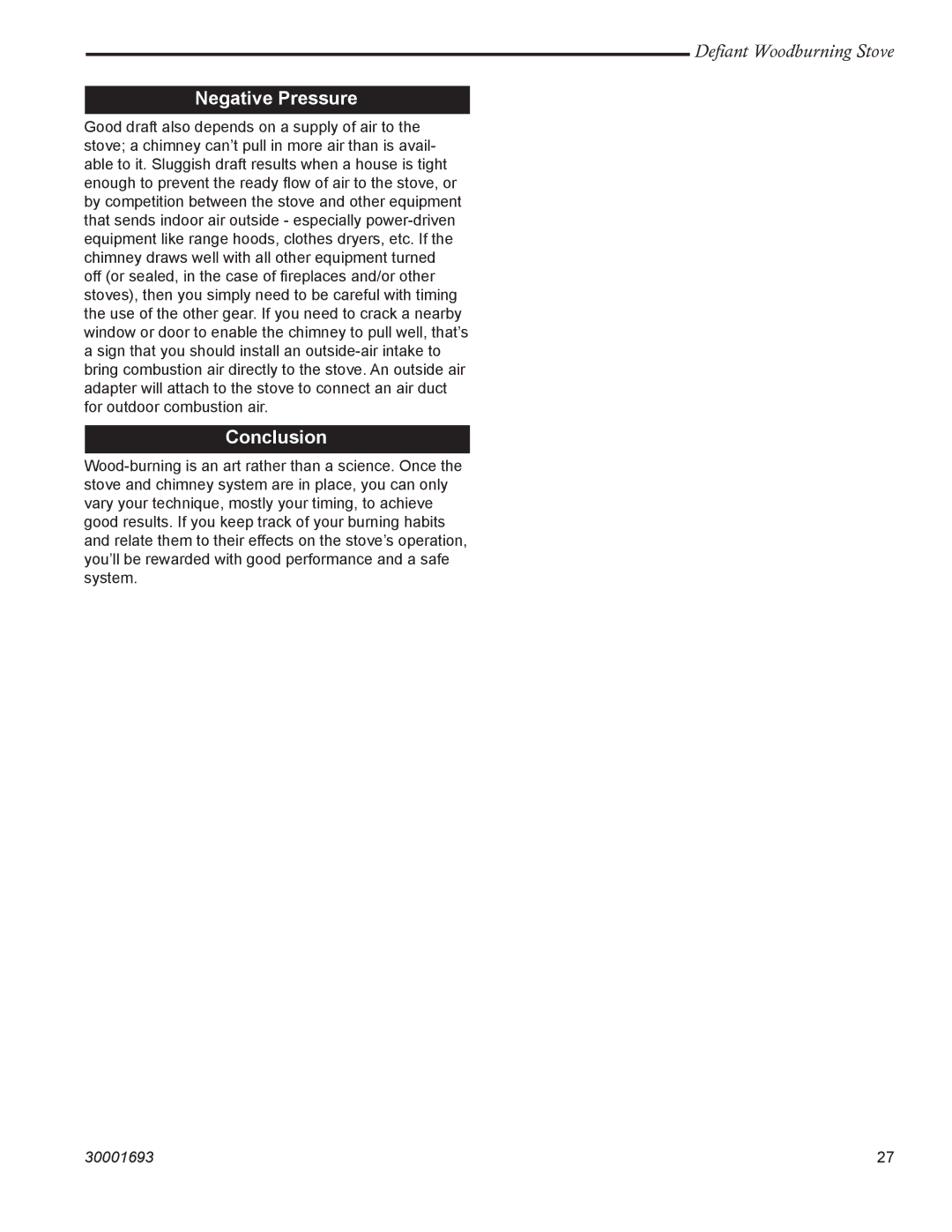1945 specifications
Vermont Casting, founded in 1975, quickly established itself as a leader in the cast iron stove industry. However, the reference to 1945 in relation to Vermont Casting might allude to the beginnings of the American hearth industry post-World War II. In this pivotal period, the demand for home heating solutions soared, setting the stage for innovations in wood and gas stoves that would shape future designs.Vermont Casting made a name for itself through a commitment to craftsmanship and durability. The company utilized high-quality cast iron, renowned for its excellent heat retention and even heating properties. This robust material allowed stoves to radiate warmth long after the fire had extinguished, making them an efficient choice for home heating.
One of the standout features of Vermont Casting stoves is their unique design which blends functionality with aesthetic appeal. The company offered both traditional and contemporary styles, appealing to a wide range of consumer tastes. With elaborate decorative patterns and a classic look, Vermont Casting stoves became a centerpiece in many homes, adding warmth not just through heat but also through design.
In terms of technology, Vermont Casting pioneered advancements in combustion efficiency. Their stoves often feature secondary combustion systems that ensure the complete burning of wood, which helps reduce smoke emissions and maximizes heat output. This not only complies with stringent environmental regulations but also makes their products eco-friendly.
Another notable characteristic of Vermont Casting stoves is their versatility. The company produces a range of models that cater to different fuels, including wood, gas, and pellets. This flexibility allows homeowners to choose the best heating solution for their specific needs and preferences.
Vermont Casting also places a strong emphasis on user comfort and ease of use. Many models come equipped with features like airwash systems for cleaner glass, lever handles for easy door operation, and ash pans for convenient cleanup. These thoughtful details enhance the overall user experience, making heating homes more efficient and enjoyable.
As the company has continued to innovate, it has remained committed to sustainability, focusing on creating products that are not only effective but also environmentally responsible. Vermont Casting's dedication to quality, technology, and design has cemented its status as a trusted name in the hearth industry, making it a preferred choice for consumers looking for both performance and style in their heating solutions.

